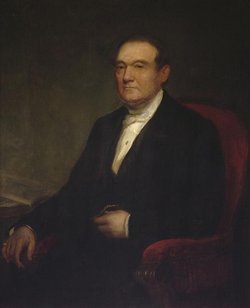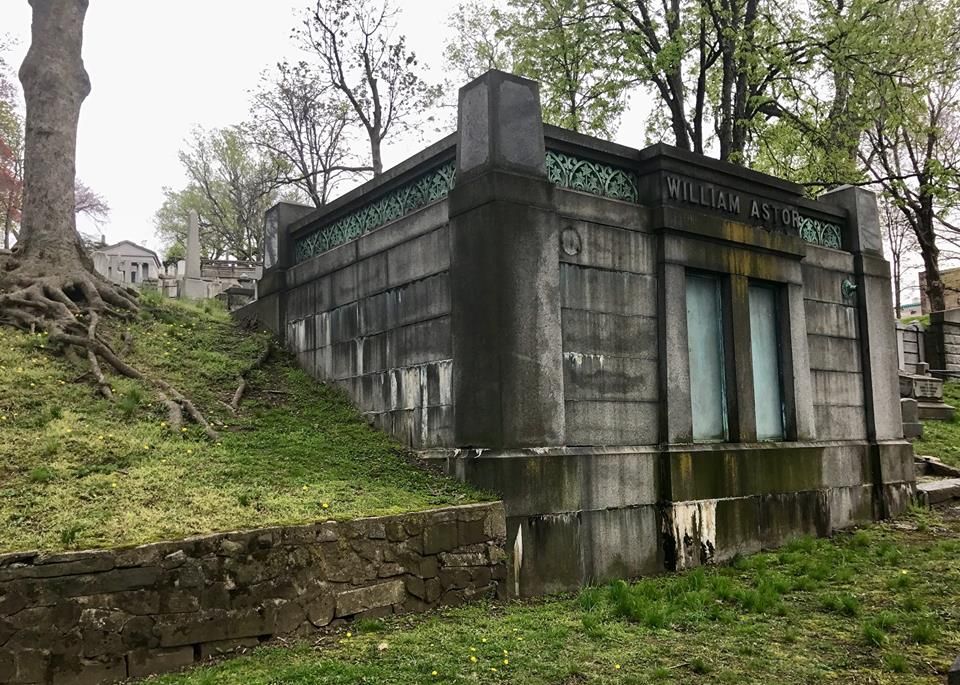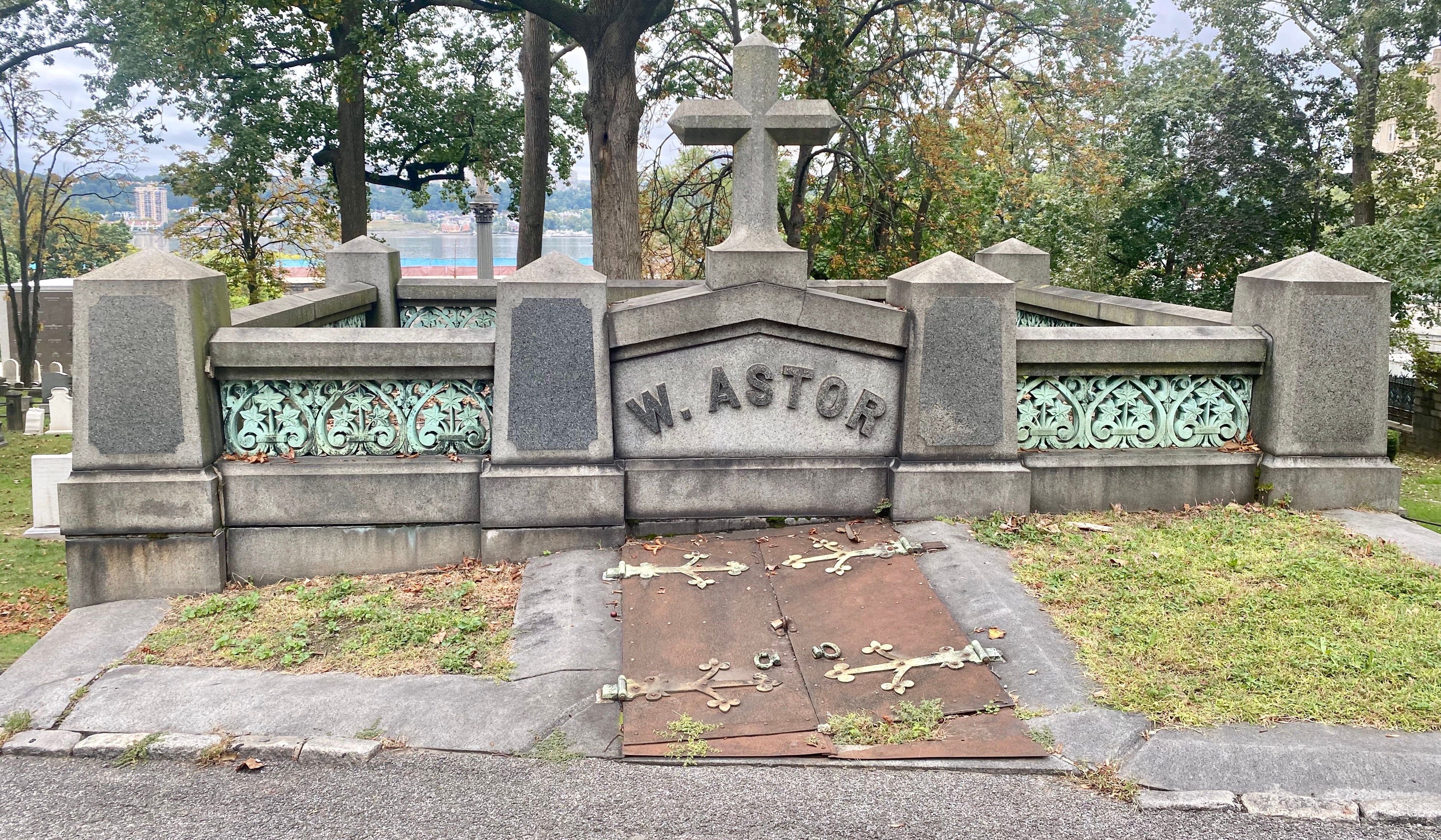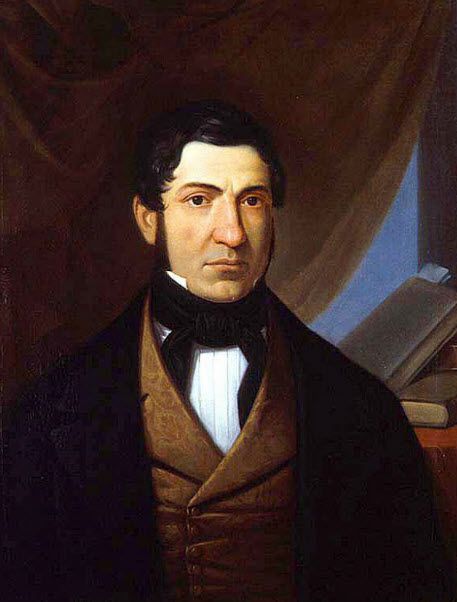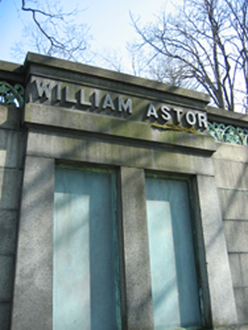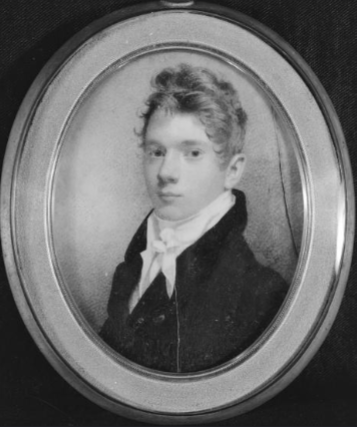Although William Backhouse's fortunes grew with his father's company, he became a truly wealthy man when he inherited the estate, worth around $500,000, of his uncle, Henry Astor who died without children. When his father died in 1848, however, he became the richest man in America; he was the last member of the Astor family to enjoy this distinction. During the American Civil War he successfully brought a case against the income tax imposed by the United States government, which was ruled unconstitutional. His management of the family real estate holdings succeeded in multiplying their value, and he left an estate worth close to $50 million. It was at this time that the Astor fortune underwent its first major division, between William Backhouse Astor, Jr. (1830-1892) and John Jacob Astor III (1822-1890), whose son William Waldorf Astor relocated to Great Britain in 1893. His sons, whose side-by-side mansions were on the site later occupied by the first Waldorf-Astoria Hotel (a family property) and then the Empire State Building, inaugurated an era of both more flamboyant living and more generous philanthropy than their austere father and grandfather.
His daughter Mary Alida Astor (1826-1881), married John Carey (1821-1881). Their daughter Margaret Laura Astor Carey (1853–1911) became Baroness de Stuers before her divorce, then marriage in 1880 to Count William Eliot Morris Zborowski (1858–1903) who was later to die in a racing car accident, as was their son Count Louis Zborowski who was killed at the Italian Grand Prix in 1924.
Bio by: Bobby Kelley
Although William Backhouse's fortunes grew with his father's company, he became a truly wealthy man when he inherited the estate, worth around $500,000, of his uncle, Henry Astor who died without children. When his father died in 1848, however, he became the richest man in America; he was the last member of the Astor family to enjoy this distinction. During the American Civil War he successfully brought a case against the income tax imposed by the United States government, which was ruled unconstitutional. His management of the family real estate holdings succeeded in multiplying their value, and he left an estate worth close to $50 million. It was at this time that the Astor fortune underwent its first major division, between William Backhouse Astor, Jr. (1830-1892) and John Jacob Astor III (1822-1890), whose son William Waldorf Astor relocated to Great Britain in 1893. His sons, whose side-by-side mansions were on the site later occupied by the first Waldorf-Astoria Hotel (a family property) and then the Empire State Building, inaugurated an era of both more flamboyant living and more generous philanthropy than their austere father and grandfather.
His daughter Mary Alida Astor (1826-1881), married John Carey (1821-1881). Their daughter Margaret Laura Astor Carey (1853–1911) became Baroness de Stuers before her divorce, then marriage in 1880 to Count William Eliot Morris Zborowski (1858–1903) who was later to die in a racing car accident, as was their son Count Louis Zborowski who was killed at the Italian Grand Prix in 1924.
Bio by: Bobby Kelley
